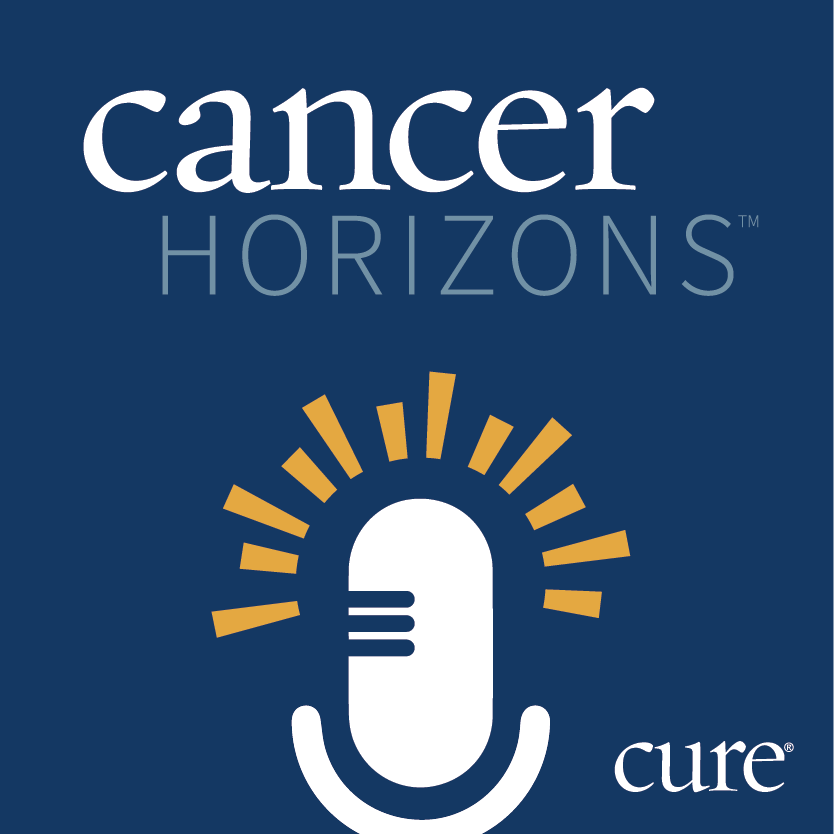News
Video
Understanding Esophageal Cancer: Early Signs, Risks and Key Insights
Dr. Nataliya Uboha sat down to discuss the early warning signs of esophageal cancer, as well as important key takeaways for those with the disease.
April serves as Esophageal Cancer Awareness Month, and has since 2009, according to the Esophageal Cancer Action Network. Esophageal cancer forms in the lining of the esophagus, and according to the National Cancer Institute, approximately 22,370 people living in the United States in 2024 were diagnosed with the disease, the five-year survival rate for esophageal cancer is about 22%.
In an interview with CURE, Dr. Nataliya Uboha sat down to discuss the early warning signs of esophageal cancer, as well as important key takeaways for those with the disease. In the discussion, she explained that there are two main types of esophageal cancer: squamous cell carcinoma and adenocarcinoma. Globally, squamous cell carcinoma is more prevalent and is strongly linked to smoking. In the United States, adenocarcinoma is more common and is associated with risk factors such as obesity, chronic heartburn, and Barrett’s esophagus.
Uboha is a medical oncologist at UW Health, as well as an associate professor and researcher in the Department of Medicine at the University of Wisconsin School of Medicine and Public Health
Transcript:
So, one of the most common presenting symptoms of patients with esophageal cancer is dysphagia, which is difficulty swallowing. It is not infrequent that patients initially consult their primary care providers with seemingly common symptoms such as heartburn and are treated with antacid medications. However, these symptoms ultimately progress and do not respond to treatment, leading patients to present with weight loss and an inability to swallow, especially solid food.
This ultimately results in a workup with endoscopy, which is how the diagnosis is frequently made. First of all, there are two main types of esophageal cancer: squamous cell carcinoma and adenocarcinoma. Worldwide, squamous cell carcinoma is much more common, though it is less so in the United States. Squamous cell carcinoma is linked to smoking, so decreasing or ceasing smoking could lead to a reduction in this type of cancer. However, adenocarcinoma, which is the more frequent type in the United States is on the rise. It is thought to be related to obesity and chronic heartburn. Barrett's esophagus is a known risk factor, but in many patients, we cannot clearly identify the specific risk factor that predisposed them to developing this disease.
Transcript has been edited for clarity and conciseness.
For more news on cancer updates, research and education, don’t forget to subscribe to CURE®’s newsletters here.




